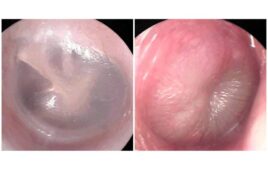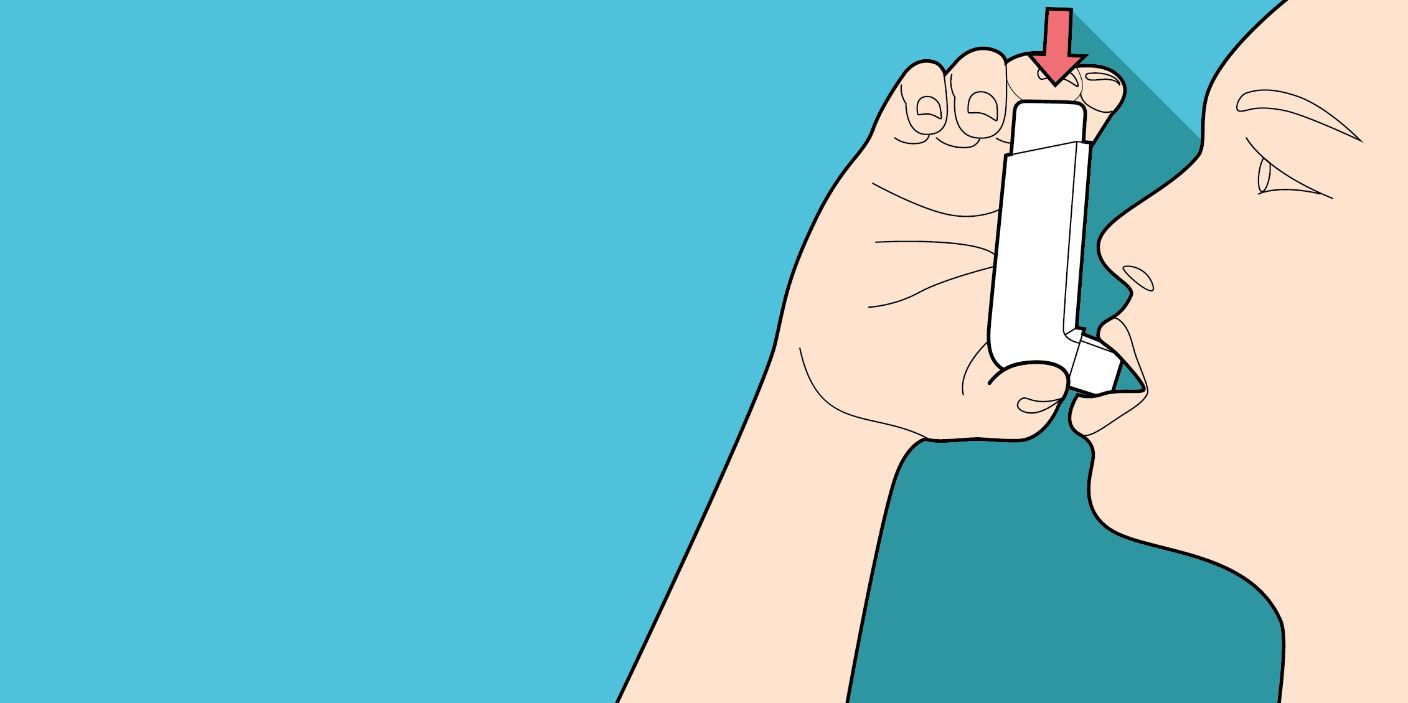
(Credit: Jones, Veasey, and Jenkins)
A great deal of important guidance has been published on the design of user instruction leaflets for medical devices. Too often though, when instruction leaflets are written, the design of the device is all but complete. Therefore, if a feature or user step is difficult to instruct, there are limited opportunities to make it easier, as only the instruction itself can be optimised.
By considering the user instructions earlier in the product development, it is possible to optimise the device design to make the usage process easier to instruct. Thus user instructions can be made simpler and more effective, reducing patient error and increasing compliance.
But users don’t read instructions…
It is known that a significant percentage of users don’t even try to read instructions and that face to face explanation or demonstration is more effective.
Manufacturers, particularly of consumer electronics products, have sought to address this by providing ‘quick start guides’, integrated instructions displayed on screen, or computer based demonstration videos.
For medical devices, however, there are many good reasons why the instructions remain a key element of the system.
For the approval of medical devices, regulators require that devices are tested in simulated use trials. In most cases this means a single user attempting to use the device with only the user instruction leaflet for guidance. Regulators also frown on ‘quick start guides’, which are believed to discourage users from reading what could be critical information within the full instructions. Furthermore, for many medical devices, the consequences of user error can literally be a matter of life-or-death, so the manufacturers of these devices can’t afford to exclude patients that don’t have access to a computer or a grasp of interactive technology.
So, there are significant benefits to be found in optimising the device design to make the user instructions more effective. However, even in applications where the value of user instructions could be questioned, there is an important benefit to this approach. By making the device easier to instruct, we make it fundamentally easier to understand and therefore easier to use, which is beneficial whether the user reads the instruction leaflet or not.
Practical application
The practical application of this approach is simple. As soon as a whole device concept is completed, a set of user instructions should be drafted. These draft instructions should be detailed and should include as much as possible of the expected contents of the production version. It’s often in these details that usability issues can arise.
Once the user instructions are drafted, the development team should examine each step in turn and ask how the device could be optimised to make it easier to explain.
This is a creative process and the options identified for improvements will be dependant on the device and only limited by the enthusiasm and skill of the development team. However, some guidance on the types of improvements that may be developed and some examples for each are provided below.
Guidance and examples
In general, improvements to a set of user instructions are likely to fall into one of the following four categories:
Eliminate/Combine, Re-write, Simplify and Reinforce.
Some explanations of these categories are given below:
1. Modify the device to Eliminate/Combine functions.
This is clearly the ideal, which leaves the device requiring fewer user interactions and almost always easier to use.It is often an output of user task analyses and is also well described in other literature on product development approaches.
2.Re-write the instruction.
An important technique but often a last resort when the device design is complete by the time that the user instructions are first drafted. Again, there is a significant body of previously published literature dealing with this important subject (e.g. AAMI TIR49:2013; BS EN 82079-1:2012; ANSI Z535.6:2008).
3.Modify the device to Simplify the instruction.
a.Make the features easier to describe. For example, make buttons or controls not just distinctive but also an easily described shape or colour. So the dispense button is circular, not obround and coloured yellow, not ochre.
For example, the following instruction…
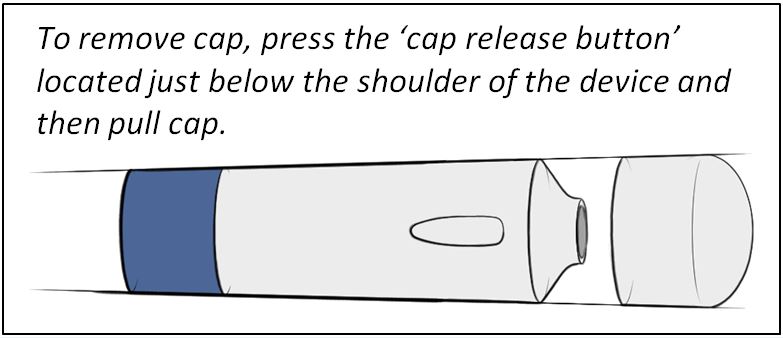
(Credit: Jones, Veasey, and Jenkins)
…could become…
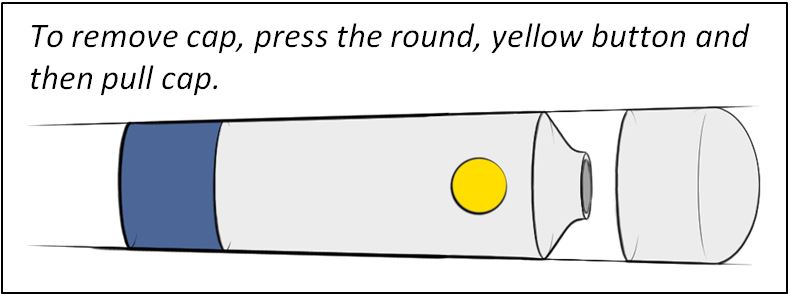
(Credit: Jones, Veasey, and Jenkins)
b.Add/modify features to guide the user in operating the device. So, instead of telling the user to hold the device straight against the skin, provide a physical guide that makes it difficult to hold the device in any other way.
For example, the following instruction…
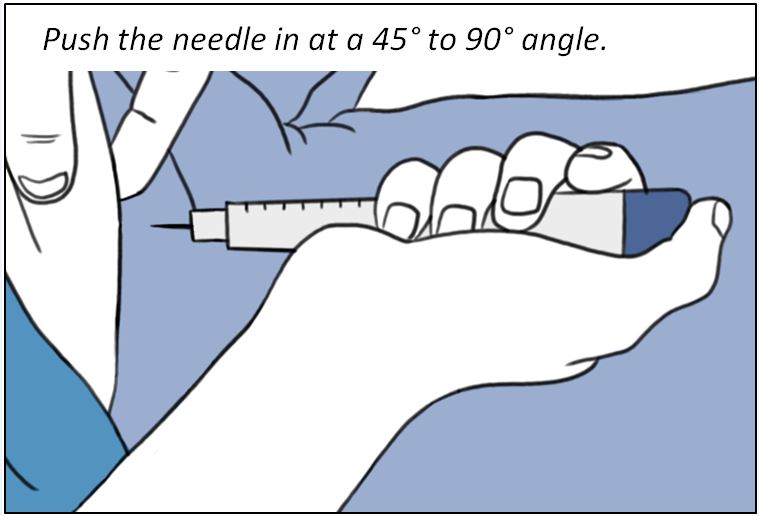
(Credit: Jones, Veasey, and Jenkins)
…could become…
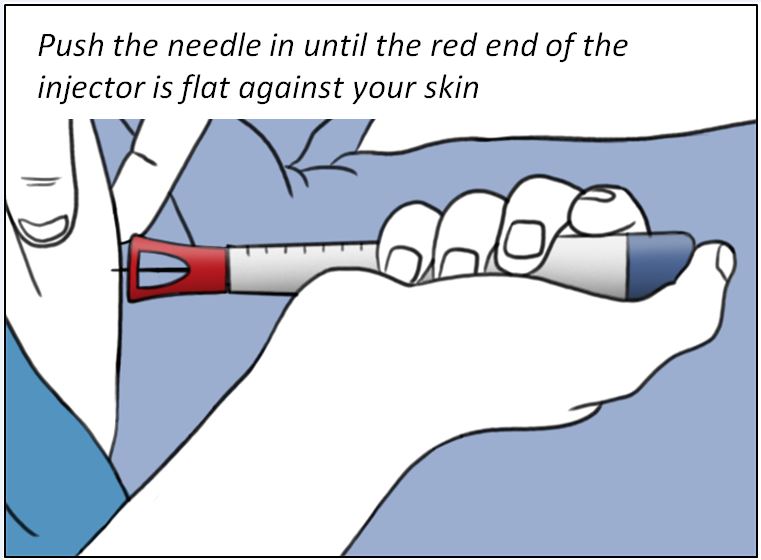
(Credit: Jones, Veasey, and Jenkins)
c. Provide feedback that the instructions can refer to, which lets the user know that they have performed the task correctly. This could be a visible flag that changes shape or colour, or even a sound, or a tactile change (verification and validation of these last two options may however be more difficult so this can be a trade off).
4. Modify the device to Reinforce the instruction.
For example, print brief instructions (written or symbolic) on the device, like the instructions on a battery compartment.
For example, the following instruction…
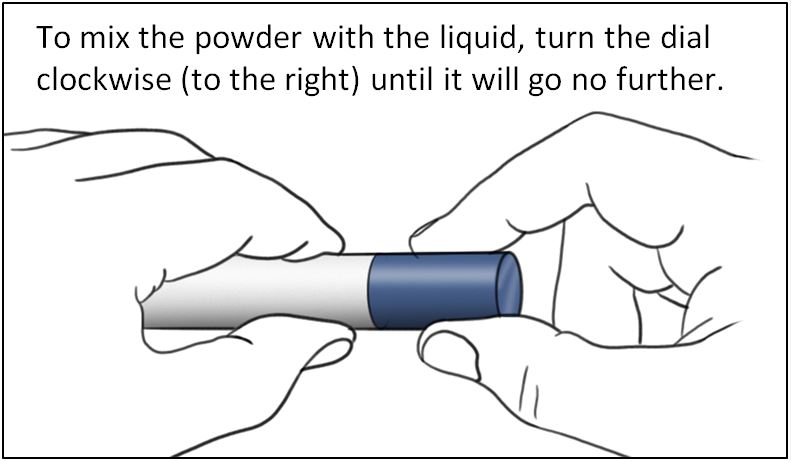
(Credit: Jones, Veasey, and Jenkins)
…could become…
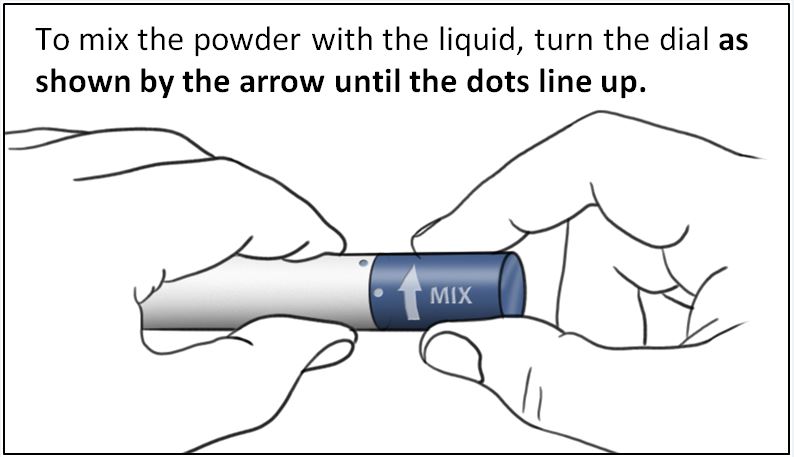
(Credit: Jones, Veasey, and Jenkins)
Medical devices usability engineering standard
The approach described here is fully compliant with the standard, and can be used as a tool to improve usability within the process of IEC 62366-1:2015. Its focus seeks to optimise the safety and effectiveness of use.
Conclusion
So, considering the user instructions early in the product development process increases the opportunity for the product design to be optimised to make it easier to teach and easier to use, ultimately increasing treatment efficacy and patient safety.
References
ANSI (2008). ANSI Z535.6: Product safety information in product manuals, instructions and other collateral materials.
AAMI (2013). TIR49: Design of training and instructional matls. for medical devices used in non-clinical environments.
BS EN (2012). BS EN 82079-1: Preparation of instructions for use – Structuring, content, and presentation.
For more information, please visit :www.dca-design.com.




